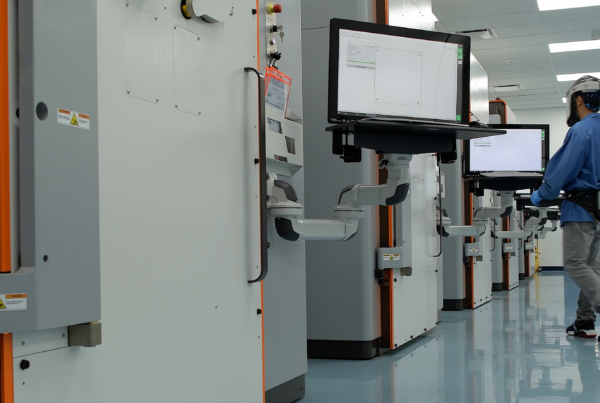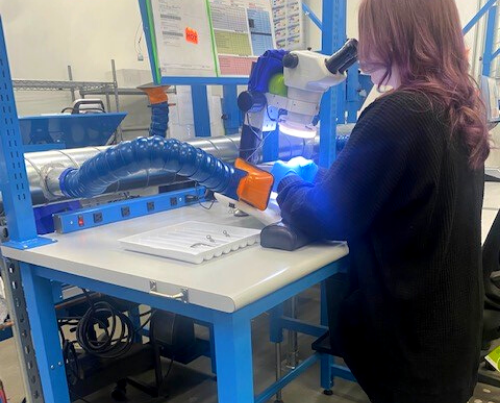3 Ways to Improve your Supply Chain Continuity
Are my suppliers on track? Do I need to mitigate potential risk? What about my pricing, quality and inventory positions? As a supply chain professional, these questions might keep you up at night if you sense a risk in your supplier base.
Our Cretex Medical businesses work with hundreds of suppliers at all stages of the supply chain. We understand how critical it is for you to meet your business goals and patient needs. The success of your business hinges on supply chain continuity.
Whether you are selecting a new supplier or evaluating your approved supplier list, there are many factors to consider. These suggestions will help you mitigate risk in your supply chain and feel more assured in your outsourcing partners.

FREQUENT COMMUNICATION
Check in with your outsourcing partners more frequently and proactively. Regular online meetings or conference calls, perhaps weekly or bi-weekly, can help both you and your suppliers stay on track with shifting priorities. Use this time to confirm orders and verify delivery dates.
Open lines of communication can also highlight the pressure points in your suppliers’ sub-tier supply chain. Are they checking on material availability to ensure continued supply for your components and devices? Are they communicating cross-functionally to achieve objectives? Are there ways you can assist with any issues they may be facing? Being aware of your suppliers’ challenges will help you anticipate potential project delays.
Keeping in close communication with your suppliers provides mutual understanding and support. Drawing from each other’s information and expertise can help drive efficiencies. Developing a close relationship with your suppliers ensures you have a true partner invested in the success of your business to further drive your combined goals and objectives.

CONSIDER A CHANGE
Your supplier should be an active collaborator and share your goals and values. If you feel your supplier is not truly on your team, it may be time to consider a change. Transferring projects and qualifying new suppliers can be difficult and costly, especially in the medical device industry, but building a secure, stable, and flexible supply chain is critical to your success. You may want to evaluate supplier options closer to home and more available to meet the shifting demands of your business. If you’re not able to make a change in your primary supplier, identifying and qualifying a second source may be worth your time and effort.

LOOK FOR THE SIGNALS
Consider how your suppliers are communicating (or not communicating) to the public. Regularly check their websites, press releases and annual reports. Follow your suppliers on social media and set news notifications, like Google Alerts, to keep a pulse on any major changes with your supply chain partners. Leadership changes, financial statements, expansions, and acquisitions, can all be indicators of the health of a business.
There are many potential disrupters to your supply chain. Implementing these suggestions will support your business, maintain your supply chain continuity, and help you sleep at night.



